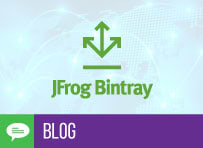The Vulnerability Conundrum: Improving the Disclosure Process
The vulnerability disclosure process involves reporting security flaws in software or hardware, and can be complex. Cooperation between the organization responsible for the software or hardware, and the security researcher who discovers the vulnerability can be complicated. In this blog we’ll look at the vulnerability disclosure process, the parties involved and how they can collaborate …













